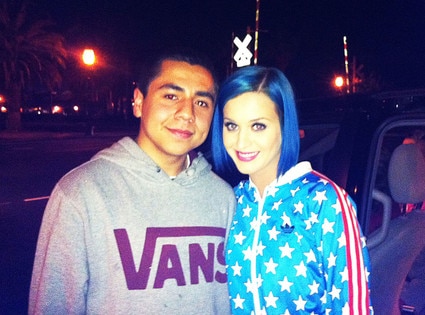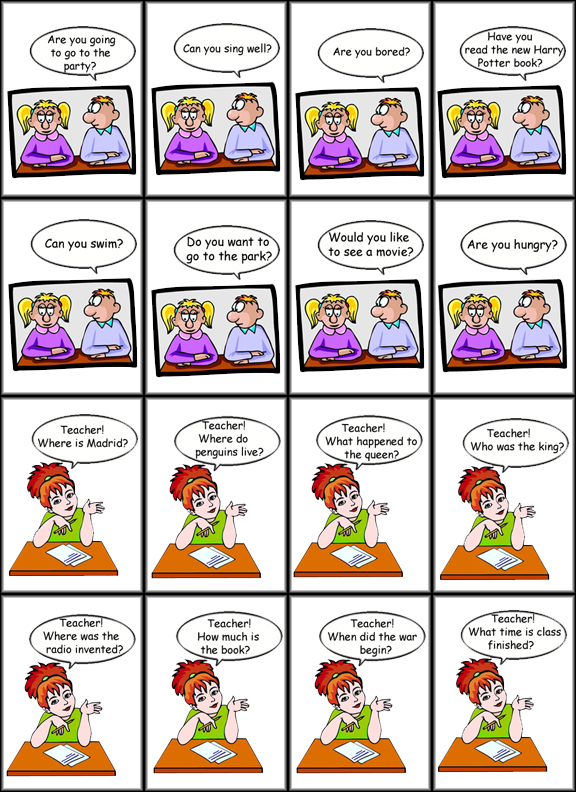A gatuxa KAROL MISA nos disse está querendo muito achar sombras neon/FLUOR e não sabe onde encontrar, por isso nos pediu dicas de marcas e lugares. E vocês sabem, pedido feito é pedido atendido!
Pesquisei por aí e vi que a mais famosa das marcas de sombras flúor é a Catharine Hill, já que as sombras dela são neon meesssmooo, inclusive vi vários tutoriais nos blogs com estas sombrinhas.
No site tem o endereço com todos pontos de venda no Brasil.
Boas opções, também, são as sombras NYX, que vende pigmentos com cores super coloridas. Porém, outro produto que é muito usado para fazer o make flúor, é o Lápis Jumbo que é usado como sombra.
Uma última opção para quem não conseguir encontrar essas duas marcas acima, é a YES Cosmetics, http://www.yescosmetics.com.br que também possui sombras bem coloridas, não chegam a ser neon como as das outras, mas já dá para colorir o make.
A YES possui loja virtual, o que já ajuda bastante não é mesmo?
Quero ver você arrasando no flúor hein KAROL MISA?!! rs












